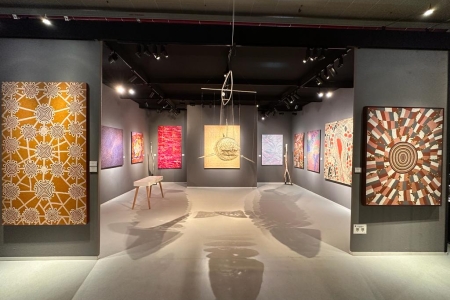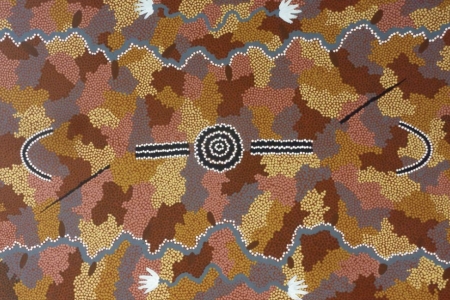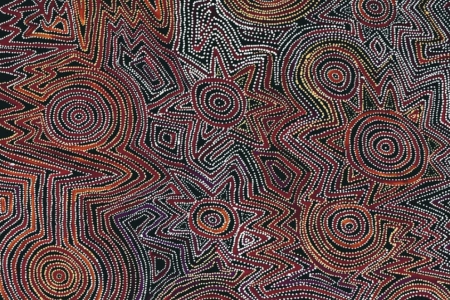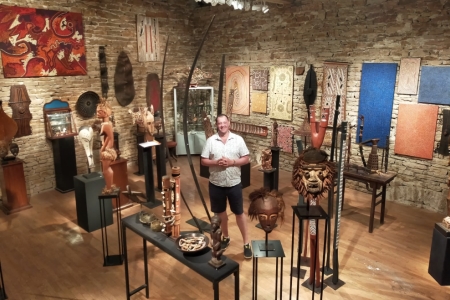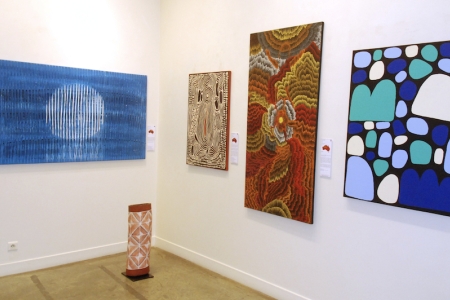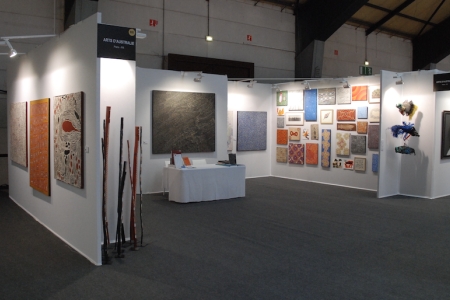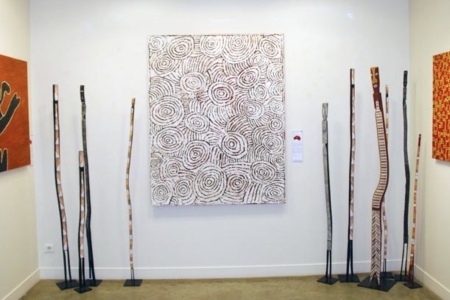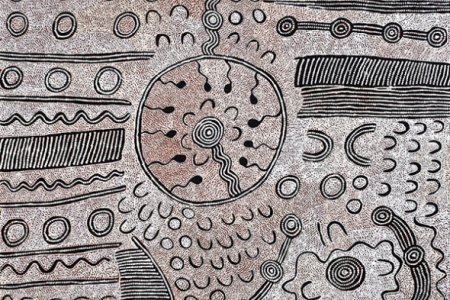
Untitled
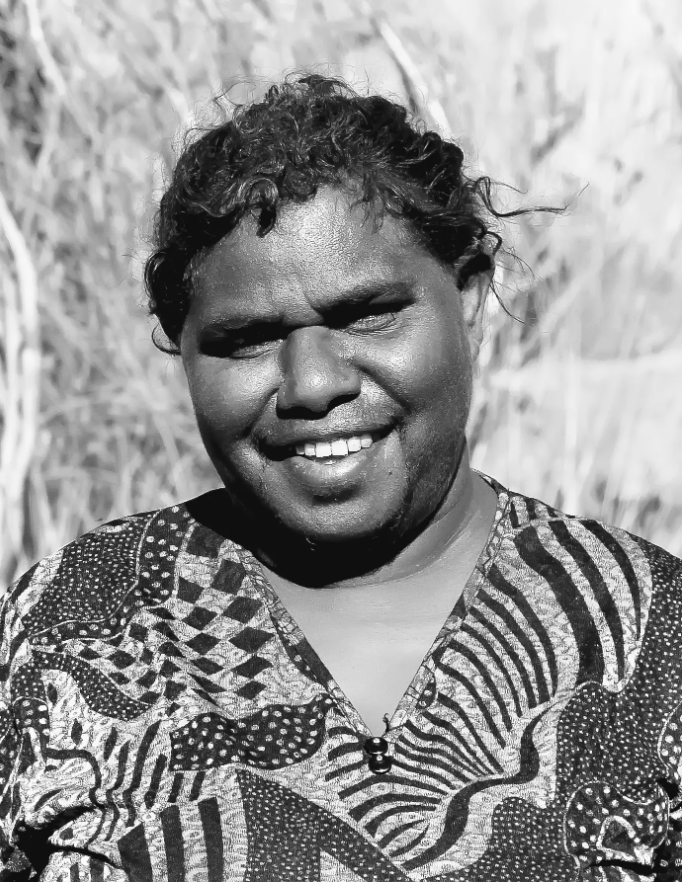
Yalti Napangati was born in 1970 into the artistic community of Papunya. She lives mostly in Kiwirrkura and belongs to the Pintupi group, who were driven from their ancestral lands during colonisation. The Pintupi were grouped together in the settlement centres of the central desert, which is why they lived for a long time in the Papunya region, where contemporary Aboriginal painting was born in the 1970s. The artist borrows this iconographic vocabulary from the ritual floor paintings that she and other initiates created to commemorate the passage of her Ancestors to this sacred site and to celebrate Mother Earth. Like most painters in the Western Desert, Yalti Napangati uses dot painting. These works testify to the attachment of Aboriginal painters to their land, referring to a sacred site created in the Dreamtime by ancestral women who roamed the desert. At each of their stops, they established various rituals that the Aborigines have continued to celebrate ever since.The site in question is located in the south-west of the community of Kiwwikura (Western Australia). This is where, during the Dreamtime, a group of women stopped along the way to camp and pick edible berries known as kampurarrpa or desert grapes from the Solanum centrale, a small shrub. These berries can be eaten directly from the shrub, but are sometimes ground into a paste and cooked in charcoal to form a kind of stew. The women would then have continued their journey eastwards via the nearby site of Wirrulnga, before heading north-east to Wilkinkarra (Lake Makkay).
Following the tradition of desert painting, Yalti Napangati gives the appearance of a satellite vision of her territory, offering a highly abstract cartography combining different levels of reading. The different motifs represent the geographical features of the landscape, as well as the fruit-laden bushes and bush fodder that the women would have collected on their travels. The 'U' shapes symbolise the ancestors, accompanied by their coolamons (oval shapes) and digging sticks (vertical bars). The coolamon is a container used for many purposes: harvesting seeds and berries in the desert or carrying water. Generally speaking, they were therefore linked to traditionally feminine activities, such as looking after children and finding means of subsistence. and harvesting roots. The dotted lines that link them together symbolise the path taken, while the serpentine lines represent the tracks left by the snake as seen from the sky. The artist refers to the iconographic vocabulary of the ritual floor paintings that she and other initiates created to commemorate the passage of her ancestors to this sacred site and to celebrate Mother Earth.
